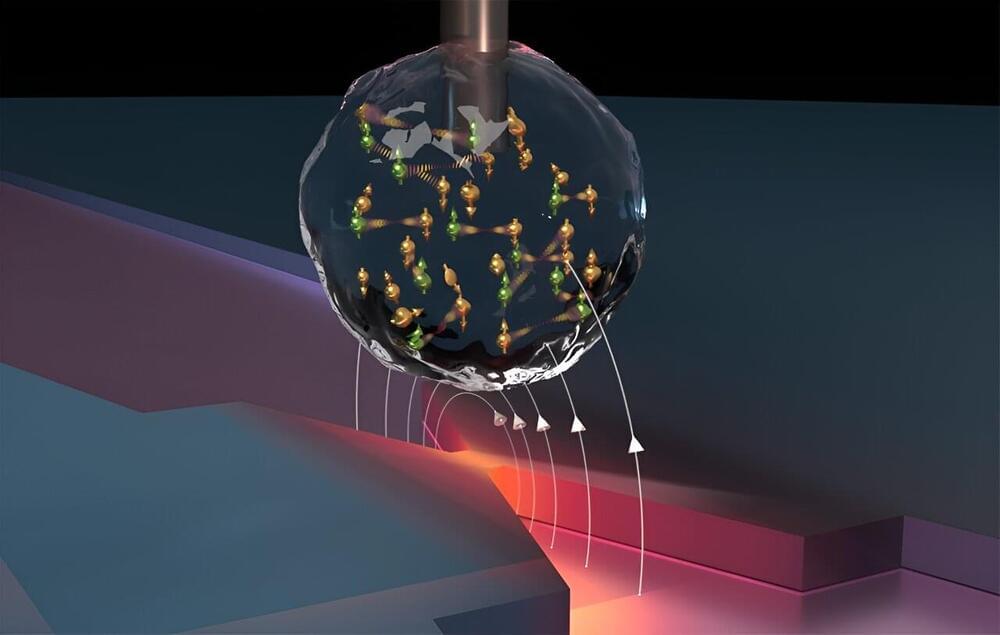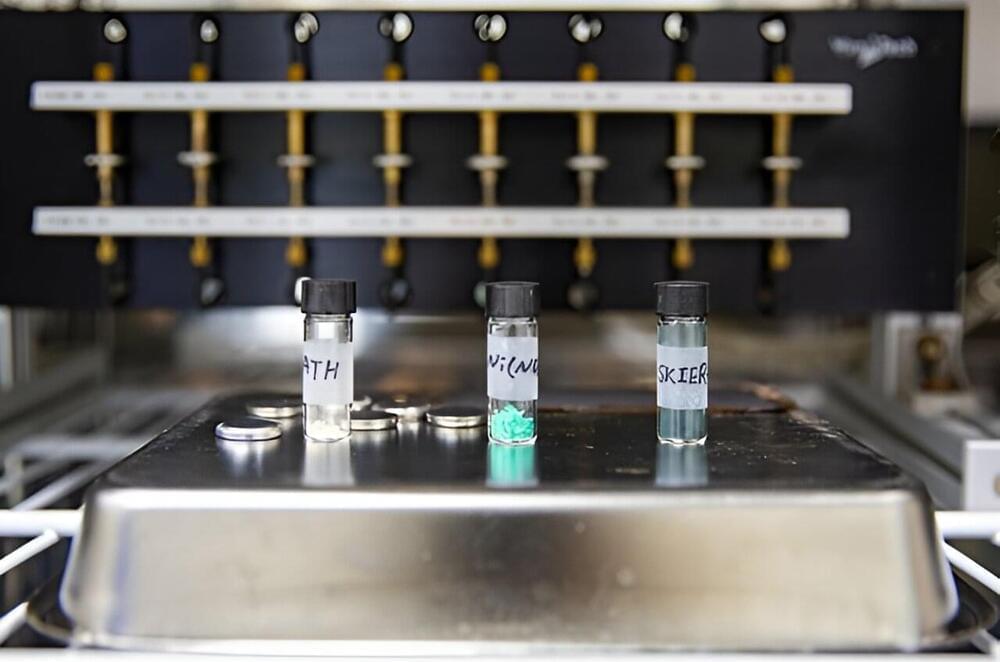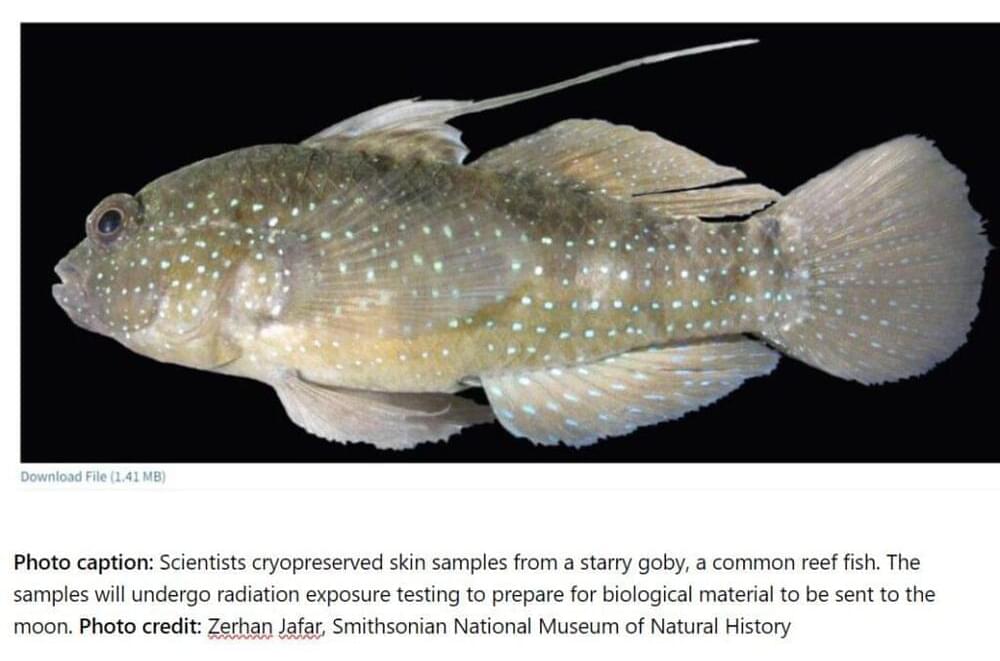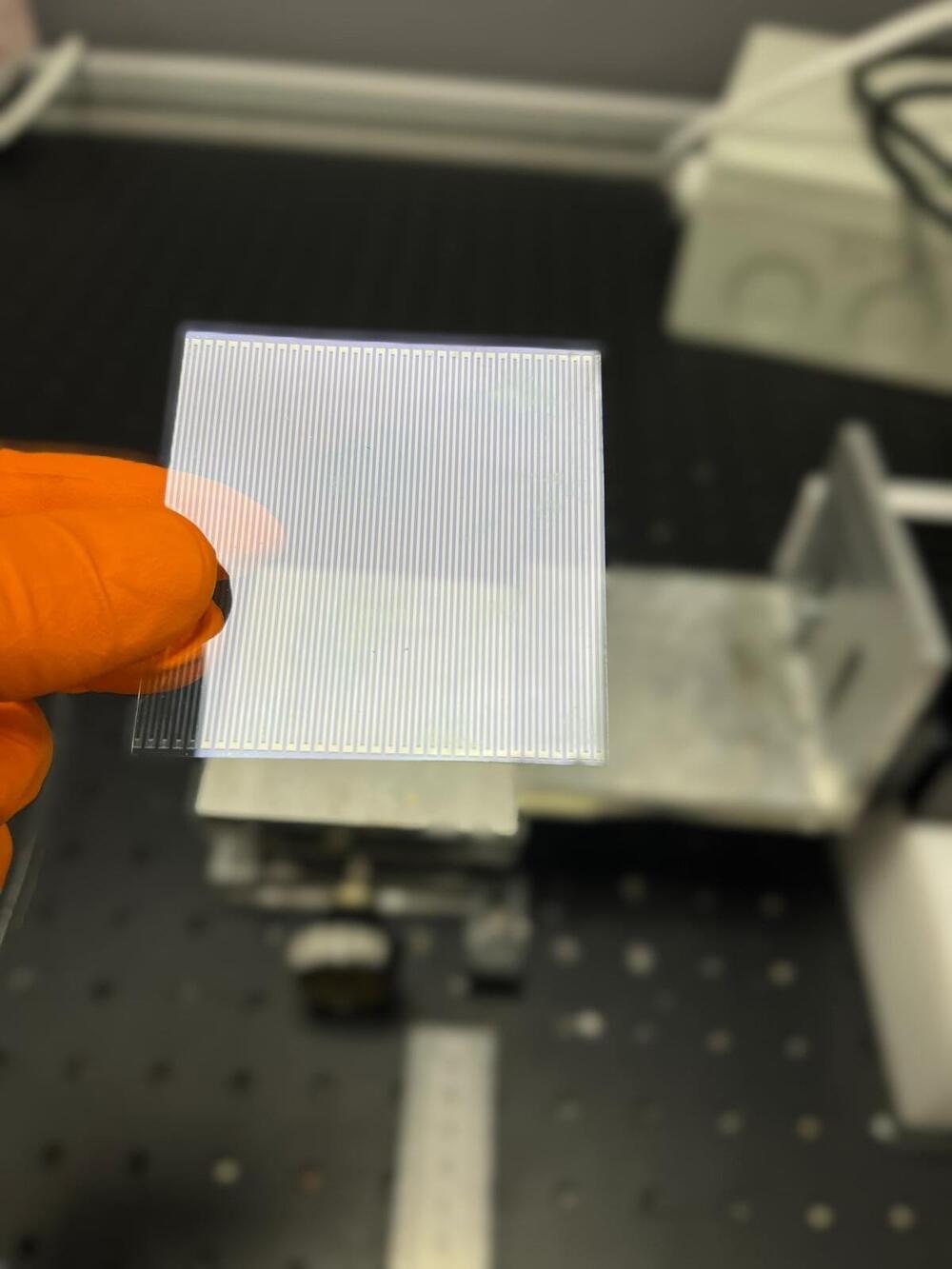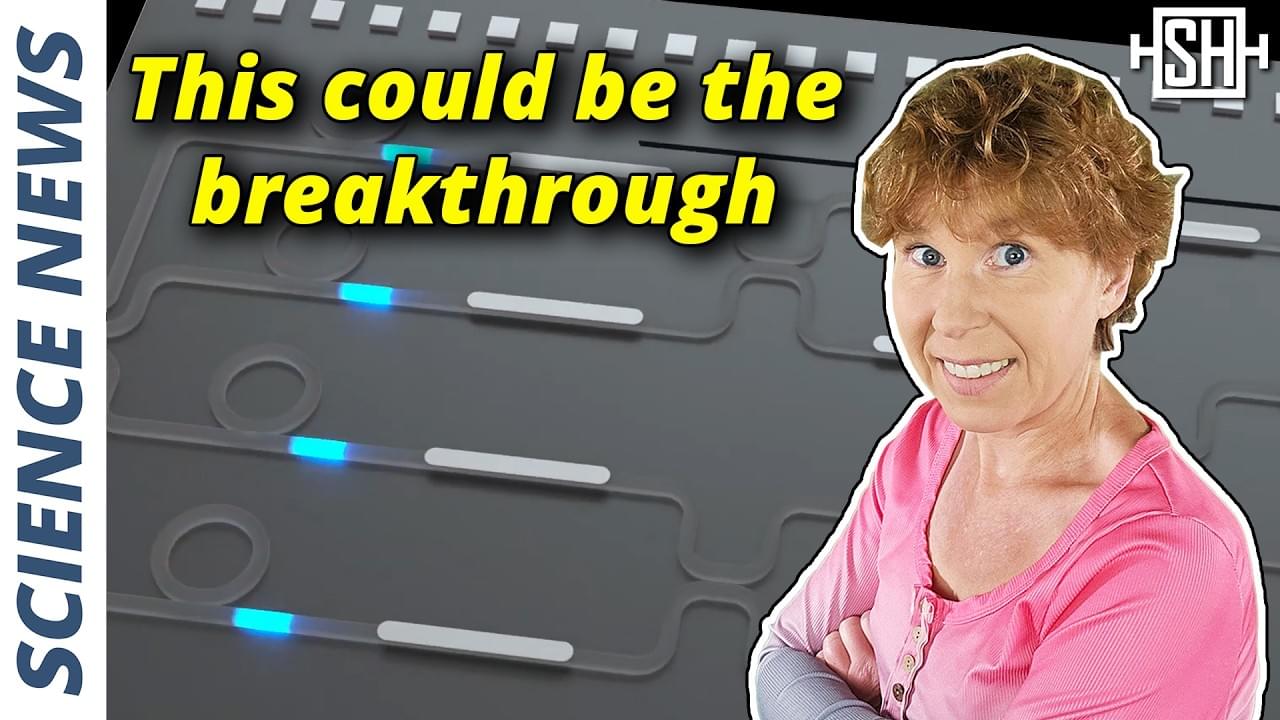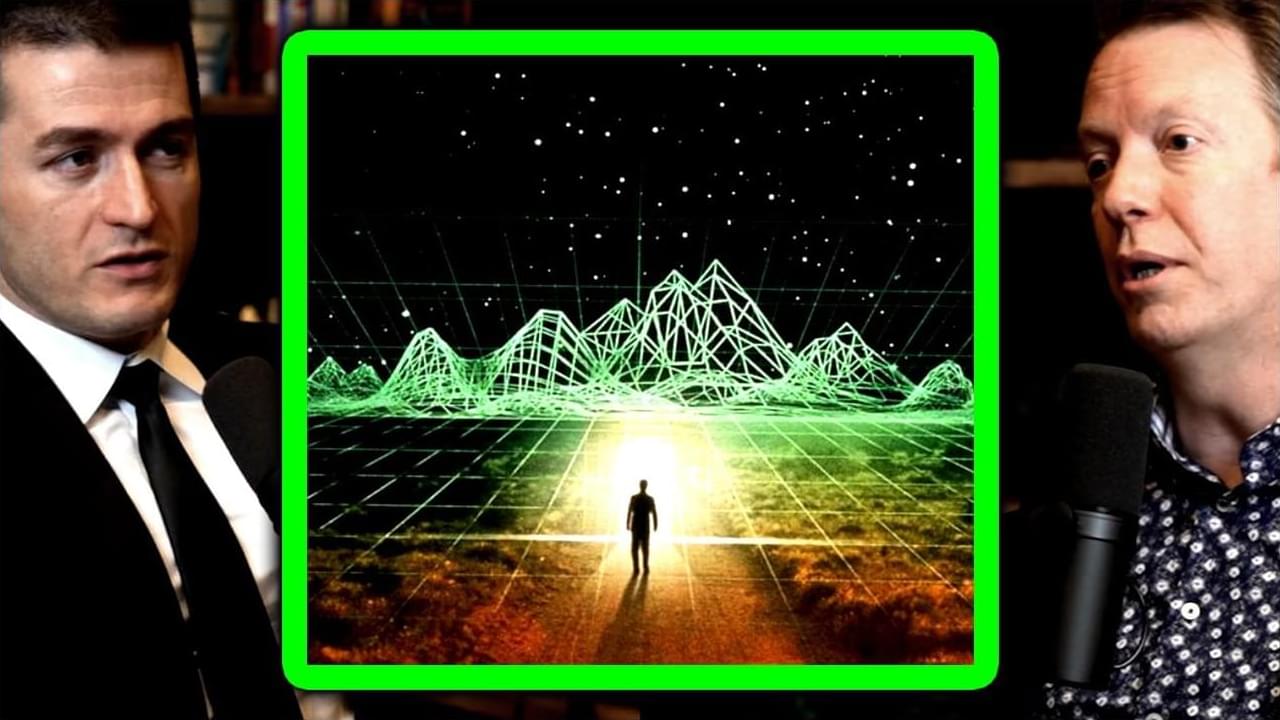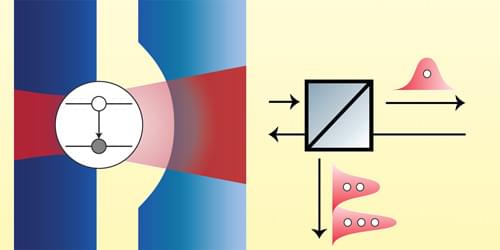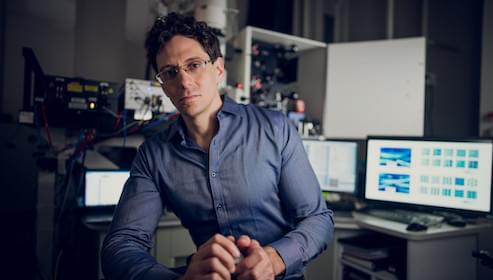
But after five days, Sherif upped the game. He had the two groups compete for food. He limited their resources. It was a fist-swinging, curse-hurling, dust cloud of a mess. When a few punches landed, the adult researchers had to step in, adults with notebooks holding back furious Eagles and violent Rattlers.
Sherif concluded that scarcity was one of the main drivers of all human conflict. War, violence, invasion, and theft were all born of wanting a limited resource. The history of all humanity seems to support the hypothesis: We fight over water, cattle, arable land, ore deposits, oil, precious stones, and so on.
Big Think recently spoke with Oxford University philosopher Nick Bostrom about his new book, Deep Utopia. He’s got good news. Bostrom argues that the future will do away with the need for conflict over scarce resources. To him, the future is plentiful.
